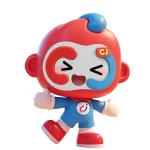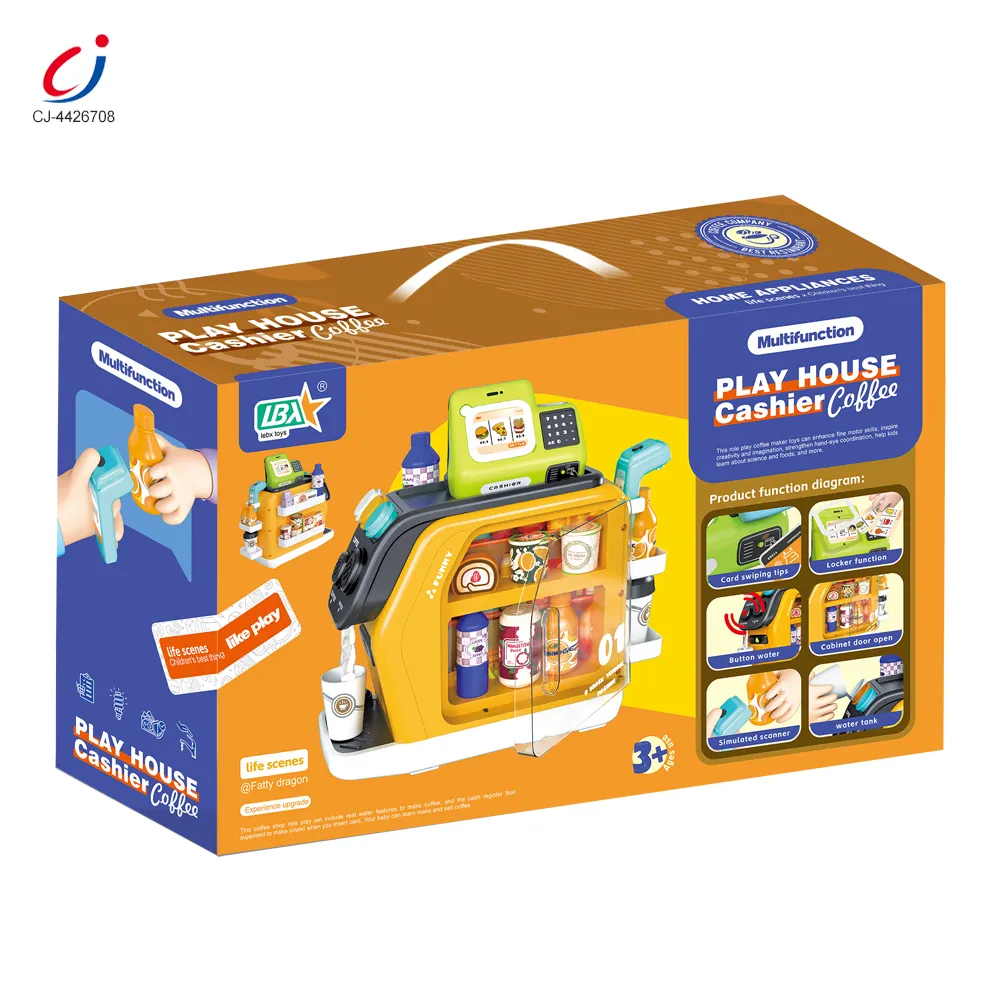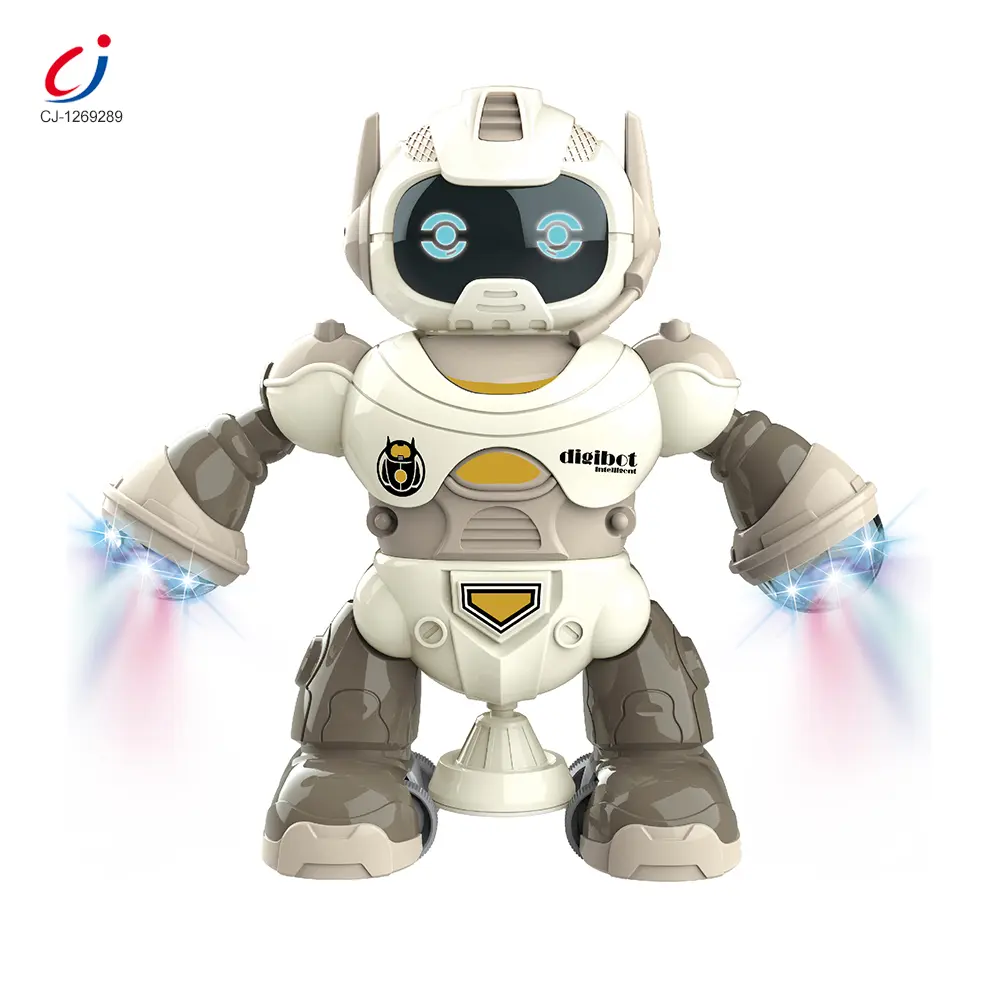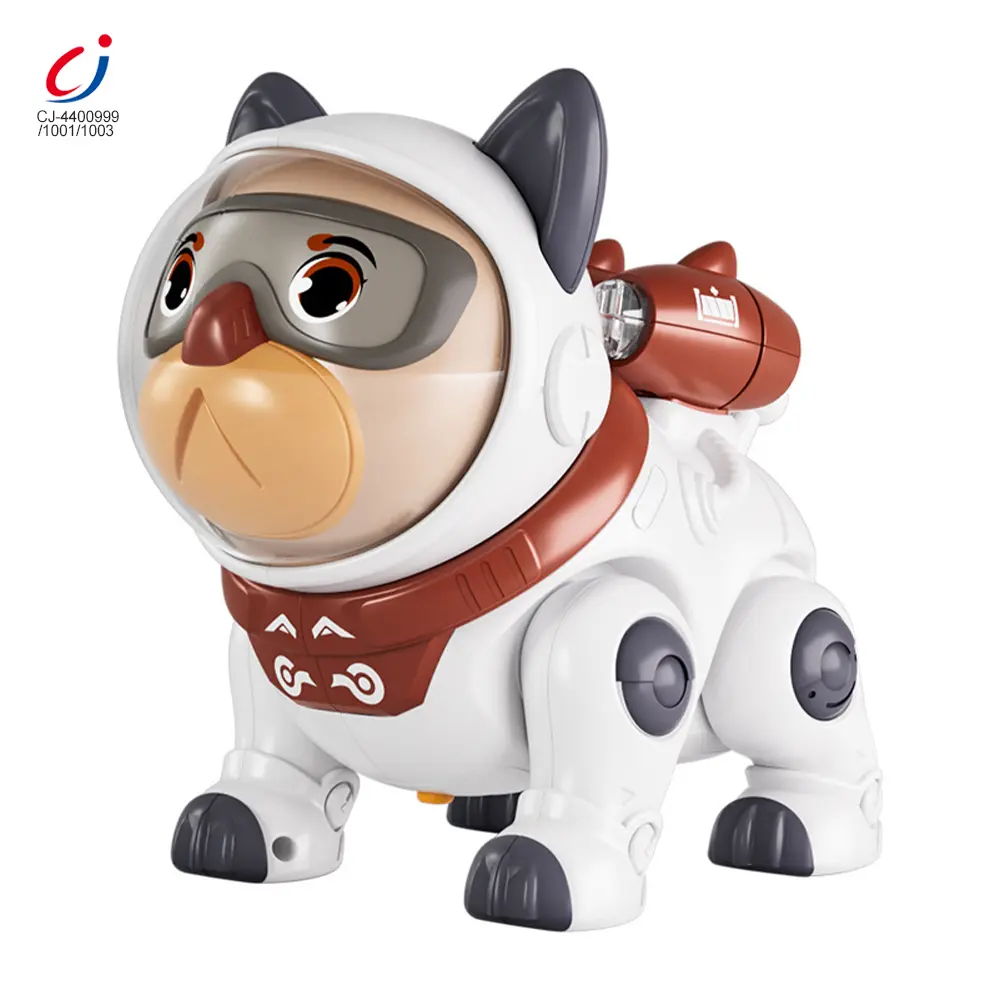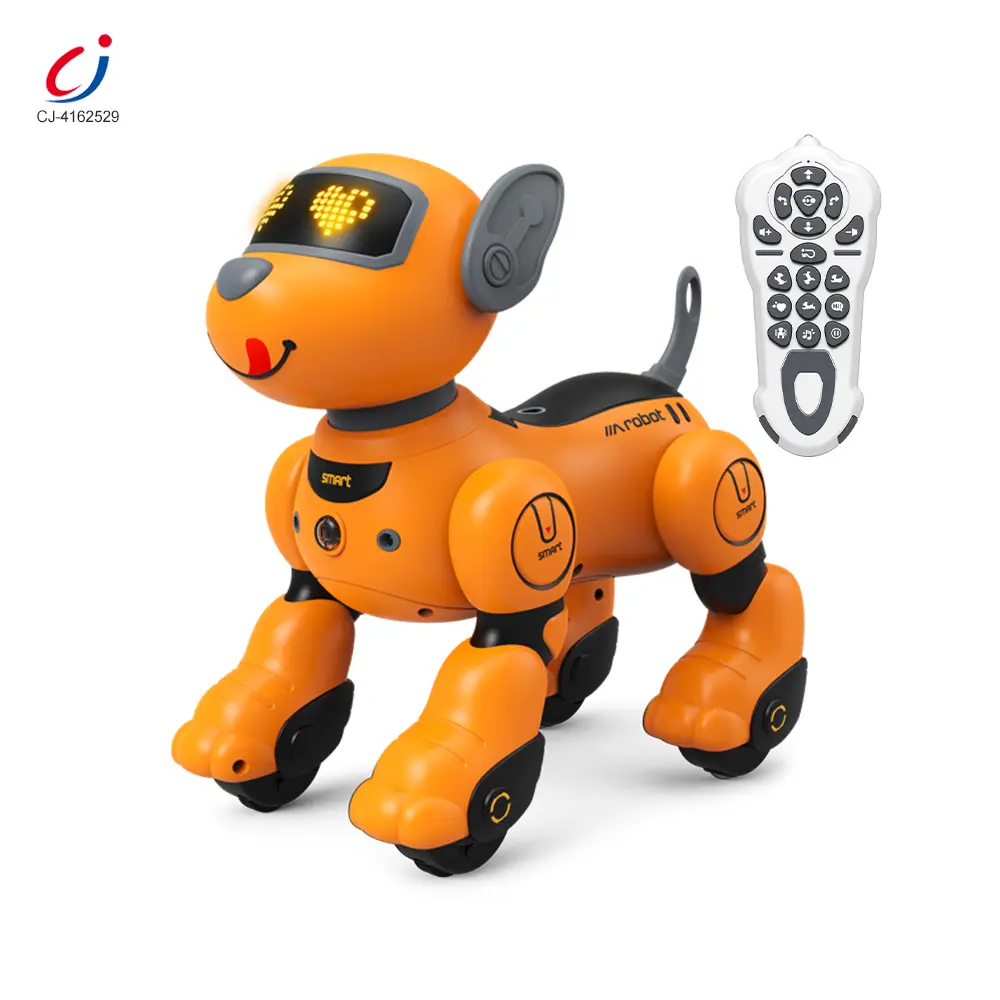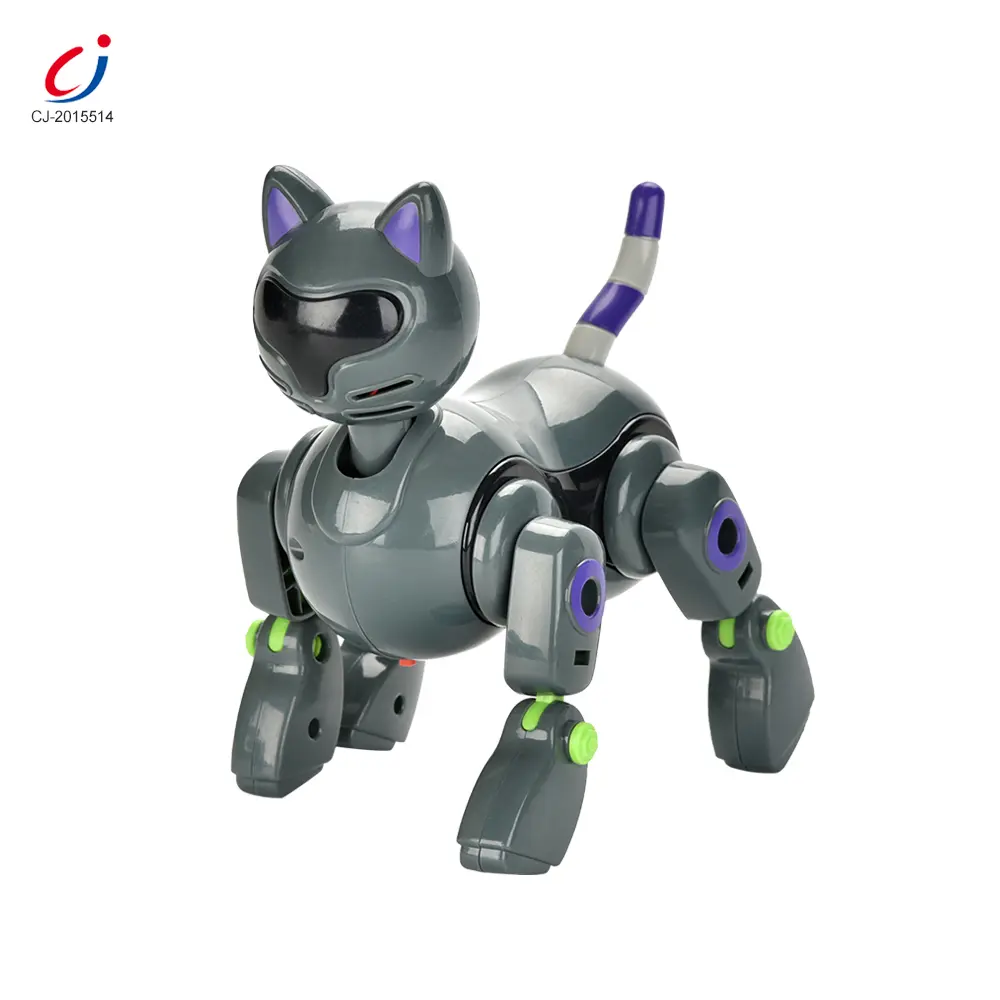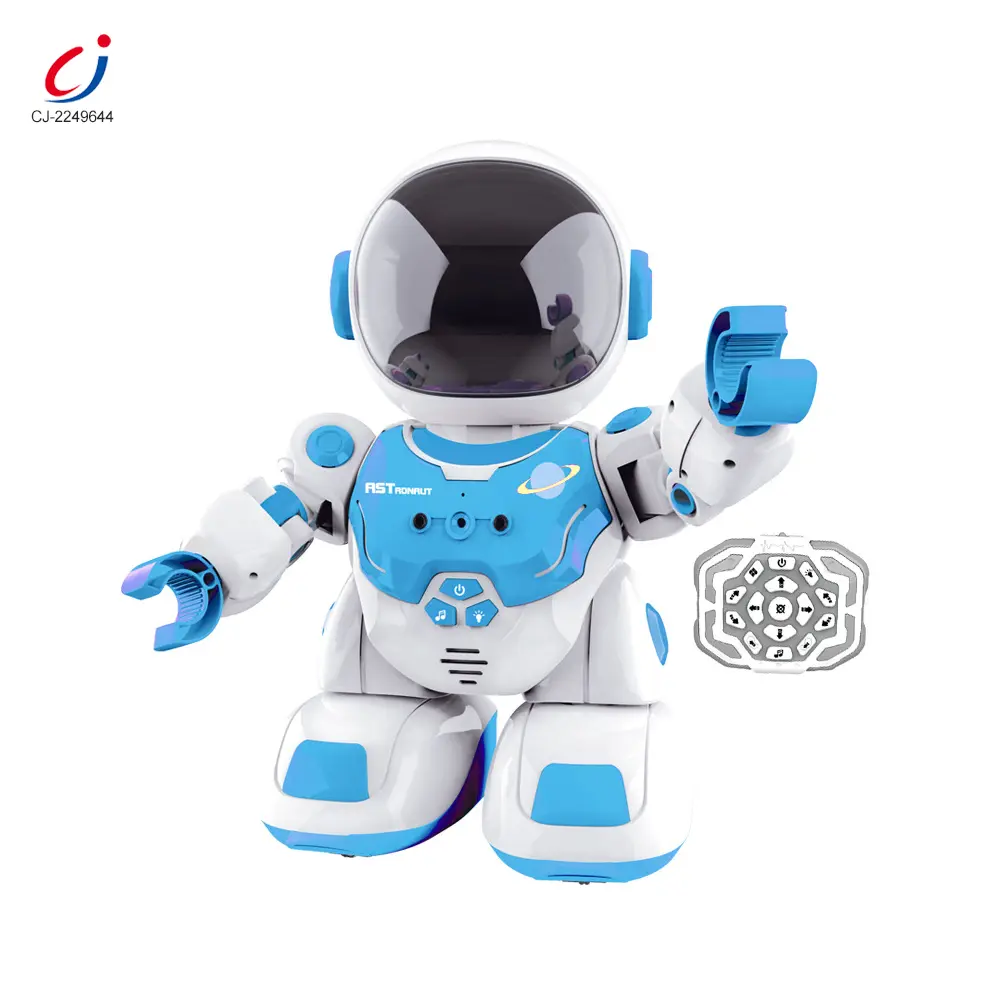As a toy manufacturer and supplier, toy safety isn’t just a checkbox — it’s the foundation of trust with parents, retailers, and regulators. Toy safety protects children, reduces legal risk, and preserves brand reputation. For manufacturers and exporters, understanding global rules and embedding safety into design, materials, and production is essential.
Chengji is writing this article to tell you what manufacturers and suppliers must know about exporting their kids’ toys.
Global & Major Market Standards Overview
Different markets enforce different standards. Prioritize based on target market(s):
- Europe — EN 71 series: The EN 71 standard, which covers mechanical/physical hazards, flammability, chemical migration, and more, is often the passport for toys to enter the EU market.
- United States — ASTM F963 & CPSIA: ASTM primarily sets mechanical and performance requirements for toys, while CPSIA sets limits on lead and phthalate content and requires CPSC compliance documentation. Therefore, US buyers typically require products to pass ASTM testing and be certified to comply with CPSIA.
- China — GB / CCC: China’s GB standards are generally aligned with EN and ASTM in terms of overall requirements, but there are localized differences in specific test methods and labeling requirements. Products within the applicable scope are also required to pass the CCC mandatory certification.
- Other Markets: Canada, Australia/New Zealand (AS/NZS), and Japan have specific tests/markings; check local importer requirements.
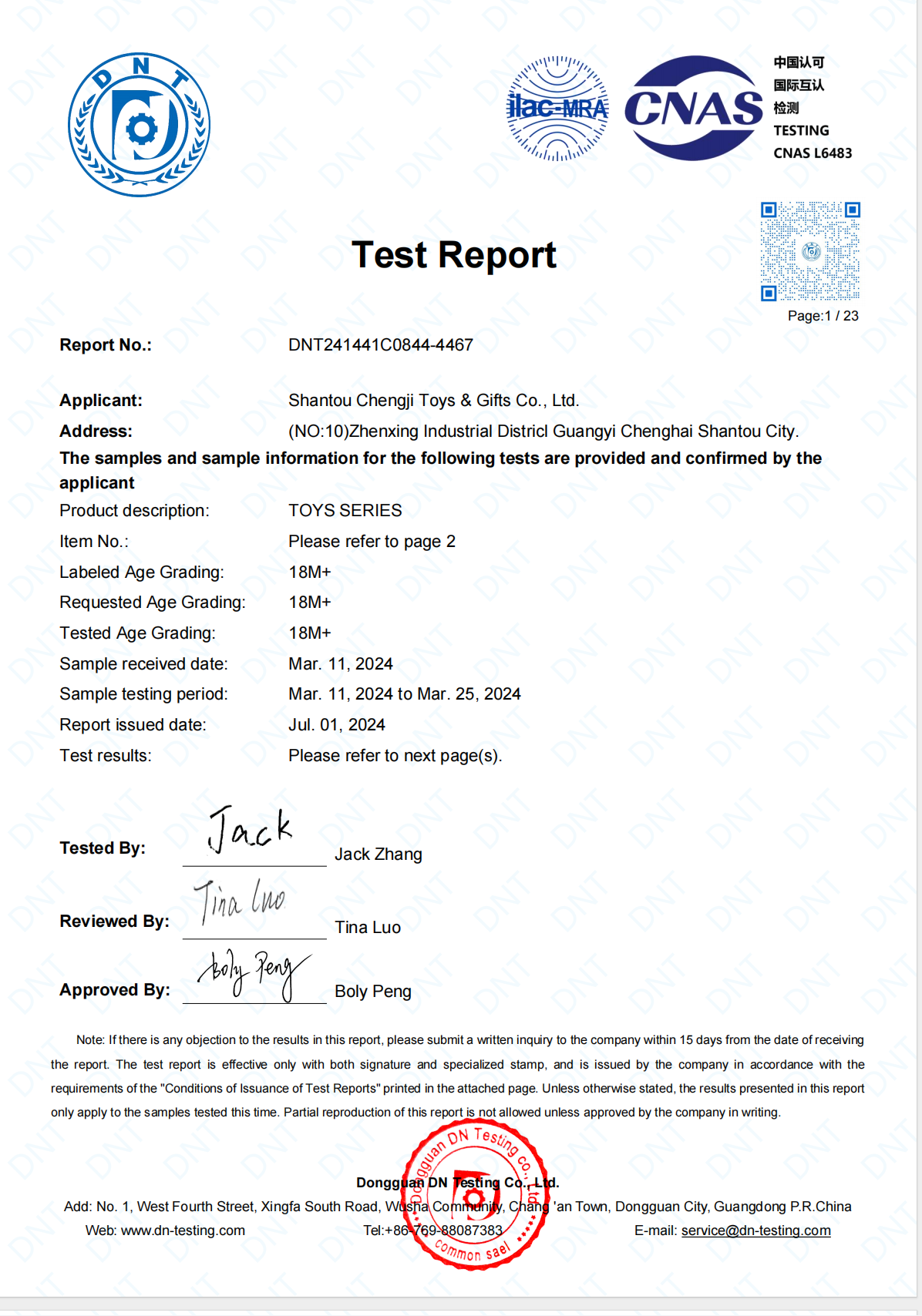
Practical Strategy: design to the strictest relevant standard(s) early (e.g., EN71 + ASTM) to reduce rework for multiple markets.
Age Grading & Required Warnings
Age Grading
Age grading refers to the process of assigning toys to specific age groups based on their characteristics, functions, and potential hazards. This is not a random marketing decision, but a rigorous process based on scientific evaluation.
What you need to know:
Grading criteria: Age grading is usually based on the following factors:
- The physical characteristics of toys include size, weight, shape, and the presence of small parts, sharp edges, or throwable components.
- Potential hazards: Check the risk of suffocation, entanglement, strangulation, swallowing, or injury.
- Children’s developmental level: Cognitive ability, motor skills, and play style, such as children under 3 years old tending to put objects in their mouths.
- National standards: Each country has its own age grading standards. For example, the United States mainly refers to ASTM F963 (American Consumer Product Safety Act, CPSA), and the EU follows the EN 71 standard.
What you need to pay attention to:
- Mandatory grading: For certain toys, such as small component toys that may pose a risk of suffocation, age grading is mandatory. For example, in the United States, toys containing small parts must be labeled as “not suitable for children under 3 years old”.
- Grading accuracy: Ensure that your grading accurately reflects the suitability of the toy. An incorrect grading can lead to serious harm and result in legal liability.
- Consistency: Even when facing different markets, consistency in hierarchical logic should be maintained. For example, a toy labeled as 3+in Europe should also meet similar classification standards in the United States.
Required Warnings
Safety warnings are information provided on toy packaging, instructions, or the product itself to alert consumers of potential hazards. These warnings are mandatory and must be clear, prominent, and easy to understand.
What you need to know:
Common types of warnings include:
- Suffocation warning: for toys containing small parts, balls, or balloons.
- Entanglement warning: For toys containing long ropes or elastic bands, to prevent necking.
- Functional hazard warning: For specific functions of toys, such as the battery risk of electric toys or the toxicity risk of chemical toys.
- Usage warning: Remind consumers on how to use toys correctly, such as “use under adult supervision”.
- Location and format: The warning must be placed in a prominent position, usually on the front or back of the packaging. The font size, color, and contrast must comply with local regulations to ensure easy reading for consumers.
What you need to pay attention to:
- Legal compliance: Ensure that all of your products comply with all mandatory warning requirements in the country/region of sale. For example, the US Consumer Product Safety Improvement Act (CPSIA) has very specific regulations on the wording and placement of certain warnings.
- Multilingual support: If you target the global market, you must provide warning messages in multiple languages to ensure that all consumers can understand.
- Do not overly warn: Avoid adding unnecessary warnings to all products, as this may lower consumers’ awareness of truly important warnings. The warning should match the actual risks of the product.
- Internalize safety culture: Age grading and safety warnings should not be seen as simple legal tasks, but should be integrated into your product development and quality control processes. Consider safety from the design phase, rather than passively adding warning labels after production is completed.
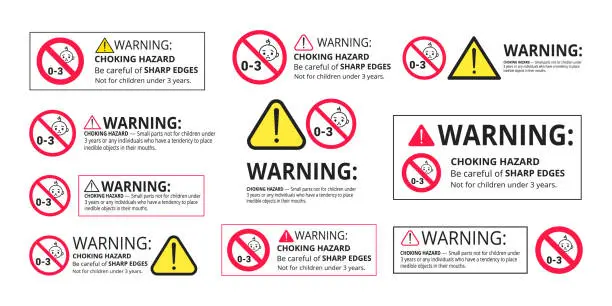
Mechanical & Physical Safety Essentials
This means it must endure being dropped, thrown, chewed on, and pulled apart without breaking into dangerous pieces. Mechanical and physical safety is about ensuring a toy’s structural integrity.
Pull and Torque Tests: Components like eyes, noses, and buttons on plush toys, or small attached accessories on plastic figures, must withstand significant pulling forces without detaching. A pull test machine applies a specified force (e.g., 15 pounds for 10 seconds) to ensure these parts stay put.
Impact and Drop Tests: A toy will inevitably be dropped. Impact tests simulate this by dropping the toy from a set height onto a hard surface. The toy is then inspected for any broken or detached pieces, particularly those that could become choke hazards.
Fastener and Adhesive Strength: For toys assembled with screws, rivets, or glue, the bond must be exceptionally strong. Fasteners must be tamper-proof to prevent children from unscrewing them. Adhesives should meet minimum pull-out force requirements and be tested for long-term durability, considering factors like temperature changes and humidity.
Surface Finishes: The paint, plating, or other coatings on a toy must be durable and chip-resistant. Not only can peeling paint pose a chemical risk if ingested, but the flakes themselves can become small parts. Regular abrasion and scratch tests are necessary to ensure the finish remains intact.

Chemical Safety — Key Substances to Control
Exposure to hazardous substances like heavy metals or phthalates can lead to long-term health issues, affecting everything from brain function to endocrine systems. By prioritizing chemical safety, manufacturers directly protect children from these invisible dangers and build essential trust with parents.
Heavy metals: Lead, cadmium, mercury, and hexavalent chromium must meet strict migration limits. Heavy metals can impair a child’s neurological and cognitive development, potentially leading to developmental delays and behavioral issues. Ensure that all toy coatings, paints, and plastic components are free from soluble heavy metals.
Phthalates: Many markets restrict specific phthalates for children’s products. This is because these plasticizers can disrupt a child’s endocrine system, negatively impacting reproductive health and growth. PVC plastic containing phthalates in your toys must be avoided, and opt for approved, phthalate-free alternative materials.
Formaldehyde & VOCs: These substances can irritate a child’s respiratory system and skin, and long-term exposure may trigger allergies and asthma. Use water-based, eco-friendly paints and adhesives, and ensure adequate ventilation time for products before they are packaged to minimize residual harmful gases.
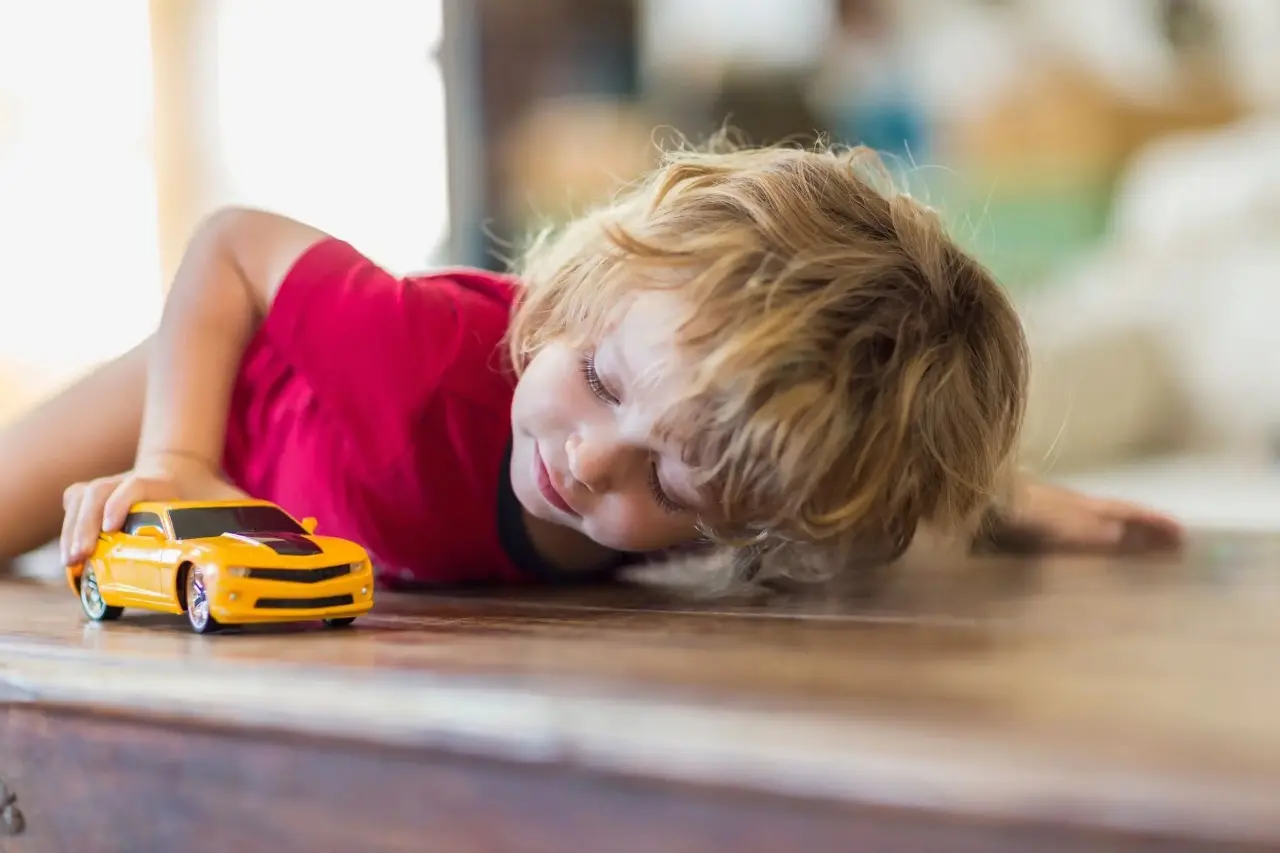
- Supplier control: Require COAs, material declarations, and periodic independent testing (RoHS/REACH as applicable). Keep a material traceability log per batch.
Flammability & Electrical Safety
As a toy manufacturer, ensuring a toy meets flammability and electrical safety standards is crucial for preventing severe accidents. By controlling a toy’s resistance to fire and electrical hazards, manufacturers protect children from serious burns, shocks, and potential fires.
Textile flammability: For all toys with textile or soft components, ensuring flammability safety is paramount. Manufacturers must choose materials that resist ignition and burn slowly to prevent severe burns. This requires rigorous testing to meet standards like ASTM F963 or EN 71-2, guaranteeing the materials adhere to strict burn rate limits.
Electronics: For any toy containing batteries, circuits, or motors, electrical safety is a top priority. Manufacturers must design products that prevent electric shocks, overheating, and fire under both normal and foreseeable abuse. This includes using tamper-proof battery compartments for button cells and fully enclosing all electrical components in a secure casing. By adhering to rigorous safety certifications like UL or CE, manufacturers ensure their products are built to protect children from electrical risks.
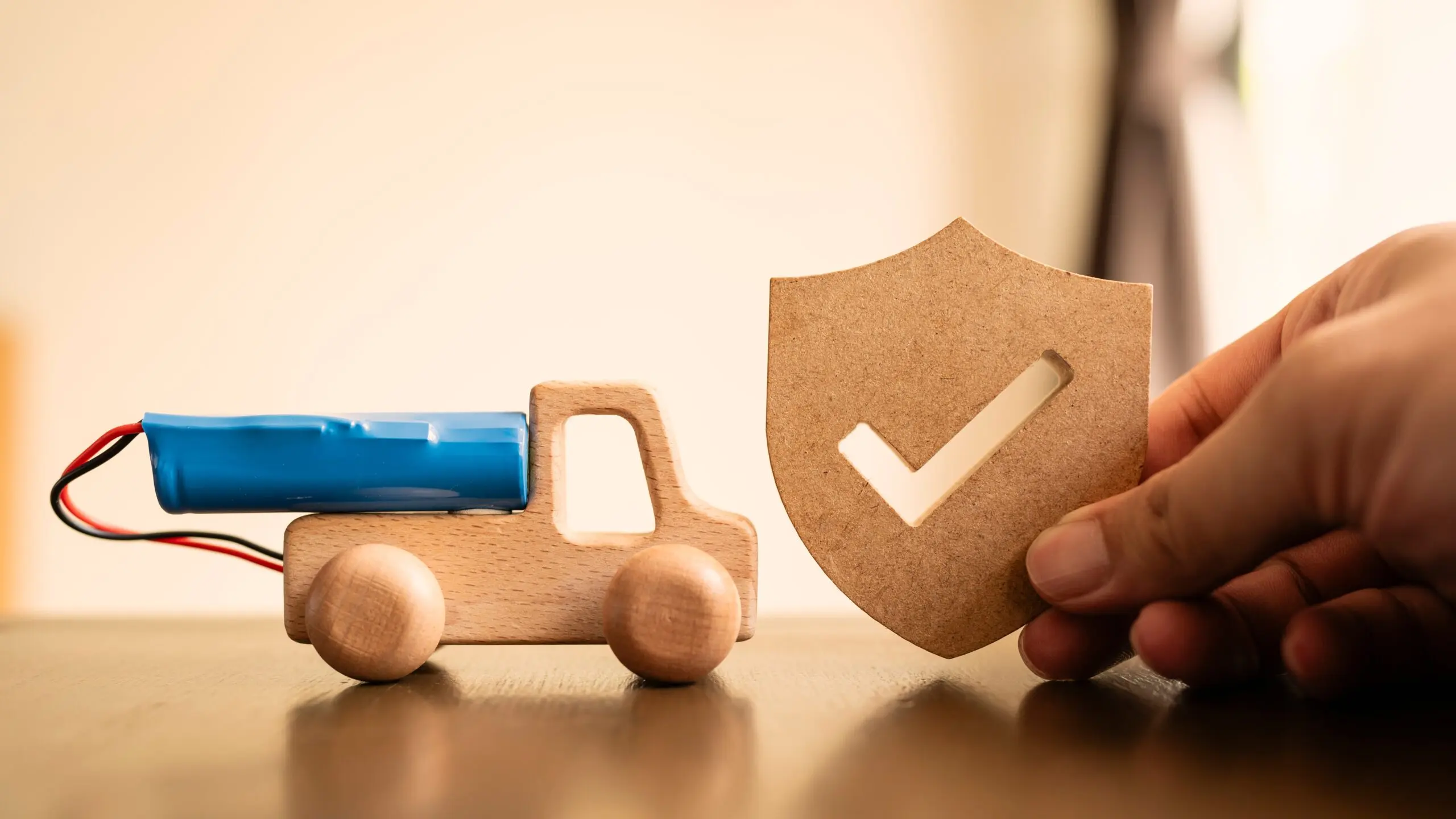
- Pro tips: Design electronics for fail-safe behavior and document electrical safety testing as part of the technical file.
Biological & Hygiene Safety
Materials: All materials, particularly those for toys that may be put in a child’s mouth, must be non-toxic and easy to clean. Using food-grade silicone or tested ABS/PP for teething/feeding parts is a responsible toy manufacturer has to accomplish because the materials used in a toy are the first line of defense.
Microbial tests: For washable toys, specify limits for bacteria and mold; provide cleaning instructions. By regularly conducting microbial tests, manufacturers can confirm that their products meet strict hygiene standards, protecting children from infections and other illnesses that can be caused by exposure to these contaminants.
Surface finish: Smooth, non-porous surfaces are easier to clean and less likely to harbor bacteria. On the other hand, toys with rough or porous surfaces can be more difficult to clean effectively, allowing germs to accumulate. Manufacturers should use durable, washable coatings and finishes that can withstand repeated cleaning without degrading, ensuring the toy remains safe and hygienic over time.
Storage/transport hygiene: Products should be stored in dry, clean warehouses and handled with proper hygiene protocols to prevent them from becoming contaminated before they reach the consumer. Proper packaging, which protects the toy from moisture and dirt, is also vital to maintaining its hygienic condition.
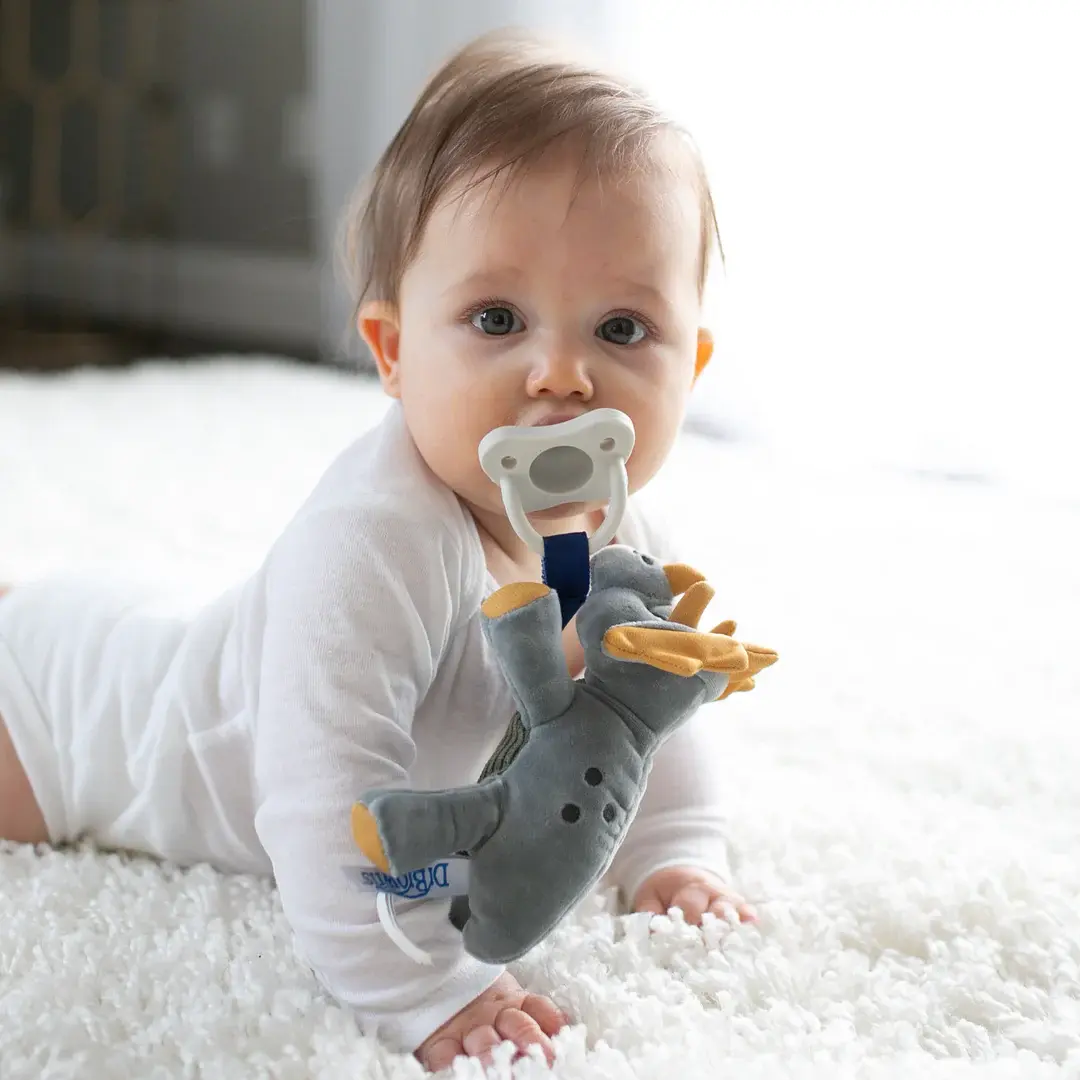
Labeling, Manuals & Packaging Requirements
Accurate information reduces misuse and aids compliance checks.
- What to include: Age grading, warnings, material declarations, country of origin, production batch/lot code, CE/DoC or other conformity notes (as applicable)
- Manuals: Safety instructions, assembly steps, battery handling, cleaning, and disposal guidance; translate and use pictograms for target markets.
- Packaging warnings: Button battery, small part, and suffocation warnings must be visible on retail packaging.
- Traceability: Keep batch codes on both product and outer carton for rapid recall action if needed.
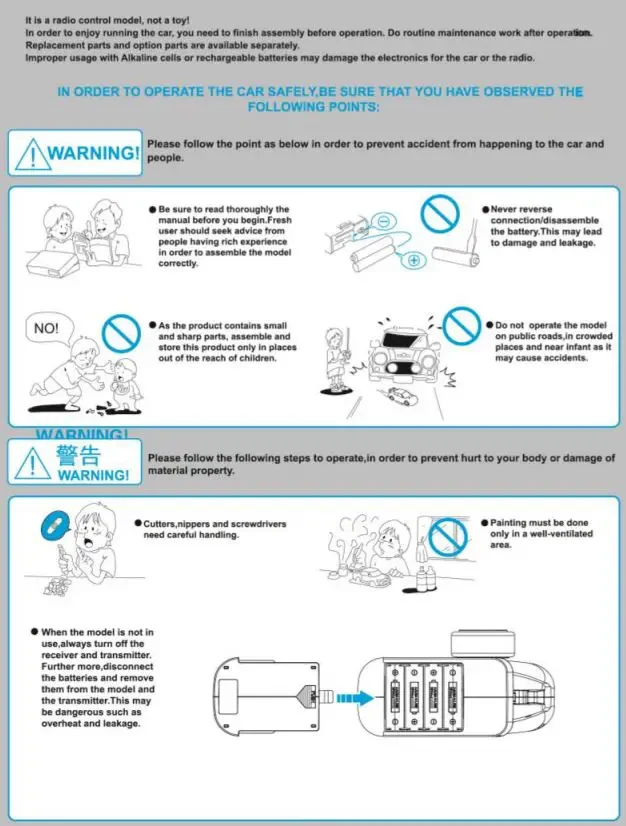
Conclusion
Toy safety is the foundation of trust and market success. From global standards (EN 71, ASTM, CPSIA, GB) to age grading, durability, chemical limits, flammability, and labeling — every step must be built into the design and production process. Proactive compliance not only avoids recalls but also reassures parents and buyers.
About Chengji
Chengji Toy is a trusted top toy supplier from China, offering a wide range of safe, creative, and high-quality wholesale toys to global markets.

We specialize in custom toy solutions, helping brands and distributors design, develop, and produce unique toys that meet market demands. From concept to final product, our team ensures every detail supports your success. Contact us now!

